From the Chicago Reader (September 2, 1994). — J.R.

** MY LIFE’S IN TURNAROUND
(Worth seeing)
Directed and written by Eric Schaeffer and Donal Lardner Ward
With Schaeffer, Ward, Lisa Gerstein, Dana Wheeler Nicholson, Debra Clein, Sheila Jaffe, John Sayles, Martha Plimpton, Phoebe Cates, and Casey Siemaszko.
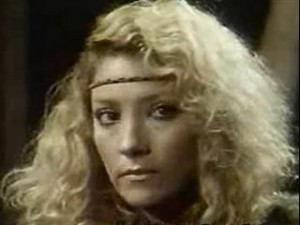
As a member of the New York film festival’s selection committee, I’ve seen or sampled close to 150 films (shorts and features) this summer that haven’t yet opened in the United States, about a quarter of them American. And I’ve come to a few rough conclusions about the differences between new American movies and those recently made elsewhere, and had a few thoughts about trends in American studio and independent pictures. All of them are fairly depressing.
One major difference between foreign and American fiction features stands out: those made in other countries tend to be about how people live today, and those made here tend to be anything but. The few American movies that spring to mind as exceptions are already being regarded within the business as uncommercial — difficult, marginal works earmarked for “special” audiences.
This state of affairs is partly the result of new definitions of “universality” developed by the studios over the past several years, which generally suppose that the ideal movie viewer has the taste and sensibility of a ten-year-old boy: think of the well-received Speed, Forrest Gump, and True Lies, for instance, none of which betrays a view of the adult world any more developed than those in The Lion King and The Mask. Read more
From the Chicago Reader (January 9, 1998). — J.R.
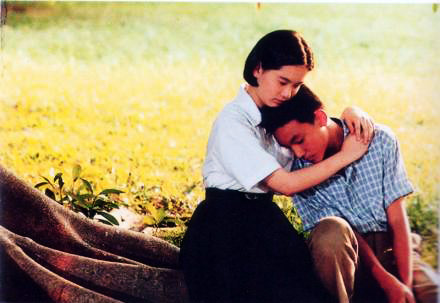
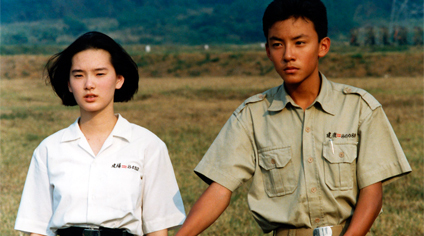
Do movies come from the tooth fairy? When you consider the way that they’re often treated in this culture — in particular, what films are made available and are therefore considered “important” — the working hypothesis appears to be that movies magically appear and disappear. The general idea is that the designated tooth fairies of product flow — producers, directors, distributors, exhibitors, and critics — make things happen and the only thing viewers are supposed to do is show up for the movie, rent the video, or decide to do neither.
Most viewers understandably don’t want to be bothered with the machinations that determine which movies turn up and which don’t. To tell the truth, most critics don’t want to be bothered with these matters either. But sustaining such innocence may involve too high a price. Readers who complain that 1997 was a mediocre year for movies are probably counting only the multiplex entries, only one of which made it onto my ten-best list — though why anyone would eliminate everything else in a city like Chicago remains a mystery, perhaps explainable by saturation advertising, mass-media complicity in making everything but multiplex movies look unimportant, and the supposed inconvenient locations of some theaters. Read more
From the Chicago Reader (June 27, 1997). — J.R.
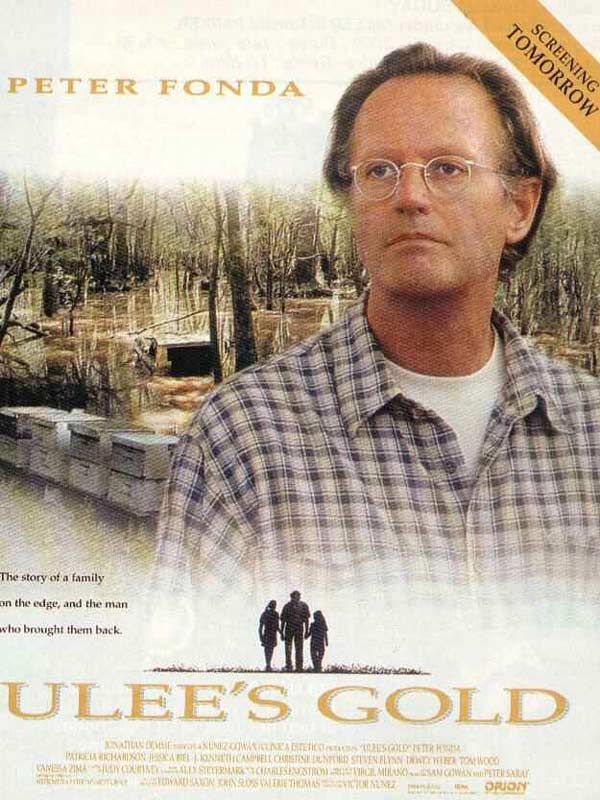
Ulee’s Gold
Rating ** Worth seeing
Directed and written by Victor Nunez
With Peter Fonda, Patricia Richardson, Vanessa Zima, Jessica Biel, Christine Dunford, J. Kenneth Campbell, Steven Flynn, Dewey Weber, and Tom Wood.
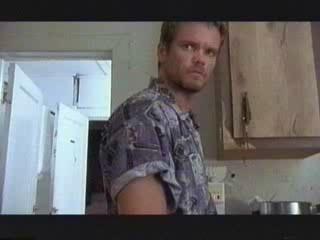
The character-driven stories in all four of writer-director Victor Nunez’s features to date — Gal Young ‘Un, A Flash of Green, his masterpiece Ruby in Paradise, and now Ulee’s Gold — are defined by their regionalism: Nunez operates exclusively as a Florida independent. Whether he’s adapting a Marjorie Kinnan Rawlings short story set in the 20s or a John D. MacDonald novel (his first two films) or writing an original script (the second two), Nunez bases his art on a sense of place so solid that the texture of the settings is part of his subject.
The fact that all his films are relatively slow moving also has something to do with the Florida settings. Former residents of that state have told me that his movies capture not only a sense of the place but its rhythms, and judging from the novels with Florida settings I’ve read in recent years — John Updike’s Rabbit at Rest and the three wonderful Hoke Moseley novels of Charles Willeford (Miami Blues, Sideswipe, and New Hope for the Dead) — this isn’t just Nunez’s take on the region. Read more






